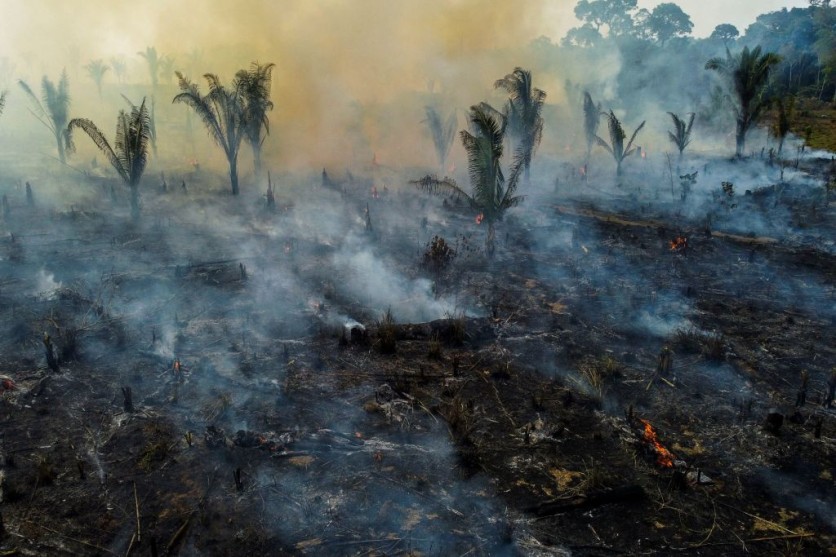Wildfires can cause extreme casualties both to human lives and properties. More than ever, it is important to know when and where wildfires will occur to prevent catastrophic damages.
But due to the complexity of the climatic system, predicting wildfire hazards can be a challenging feat.
The data and information currently accessible for large-scale fires are scarce. Additionally, they don't offer lead times, the intervals between the start and finish of an activity that permit useful geographical details, as per Interesting Engineering.
But now, a new tool has been developed by researchers integrating a deep learning algorithm to enhance the prediction of wildfire hazards in the western United States.

Hybrid Method
A hybrid method developed by scientists from South Korea and the United States combines artificial intelligence (AI) with weather forecasts to give more accurate predictions of extreme fire threats out to one week. This enables an improvement in the management and mitigation of fires.
The study team combined AI with projections to precisely predict upcoming fires.
"We tried numerous approaches to integrate machine learning with traditional weather forecast models to improve forecasts of wildfire risks," Dr. Rackhun Son, lead author of the study and graduate from the Gwangju Institute of Science and Technology (GIST) in South Korea, said in a statement.
"This study is a big step forward as it demonstrates the potential of such an effort for enhancing fire danger prediction without the need for extra computing power."
He added that with ongoing advancements in Earth System Models and current AI breakthroughs, the fire threat projections might be significantly enhanced.
Black Box
Although employing data-driven AI approaches for predicting when a wildfire would start shows good promise, there are significant hurdles as well, such as explaining why and how conclusions occur, according to Interesting Engineering.
Simon Wang, co-author and professor at Utah State University, explained that when AI was integrated with computer models based on physical principles, they could figure out what was happening within the "black box."
Wang added that high mountains and canyons in the Western United States, which have historically proven challenging to resolve with coarser models, are well-grounded in the AI-based projections linked with extreme levels of fire hazard.
Strong winds and high elevation were among the severe circumstances that the machines learned to handle as well.
The team mentioned computational efficiency as another benefit of utilizing this strategy. They claim that this brand-new AI-based technique can produce precise forecasts quickly while also being affordable.
The researchers intend to use this technique in the future to forecast other weather extremes throughout the globe.
This study has been published in the Journal of Advances in Modeling Earth Systems.
Related Article : Bias AI? Study Finds that AI Algorithms Can Identify Someone's Racial Identity Based on X-rays
This article is owned by Tech Times
Written by Joaquin Victor Tacla
![Apple Watch Series 10 [GPS 42mm]](https://d.techtimes.com/en/full/453899/apple-watch-series-10-gps-42mm.jpg?w=184&h=103&f=9fb3c2ea2db928c663d1d2eadbcb3e52)



